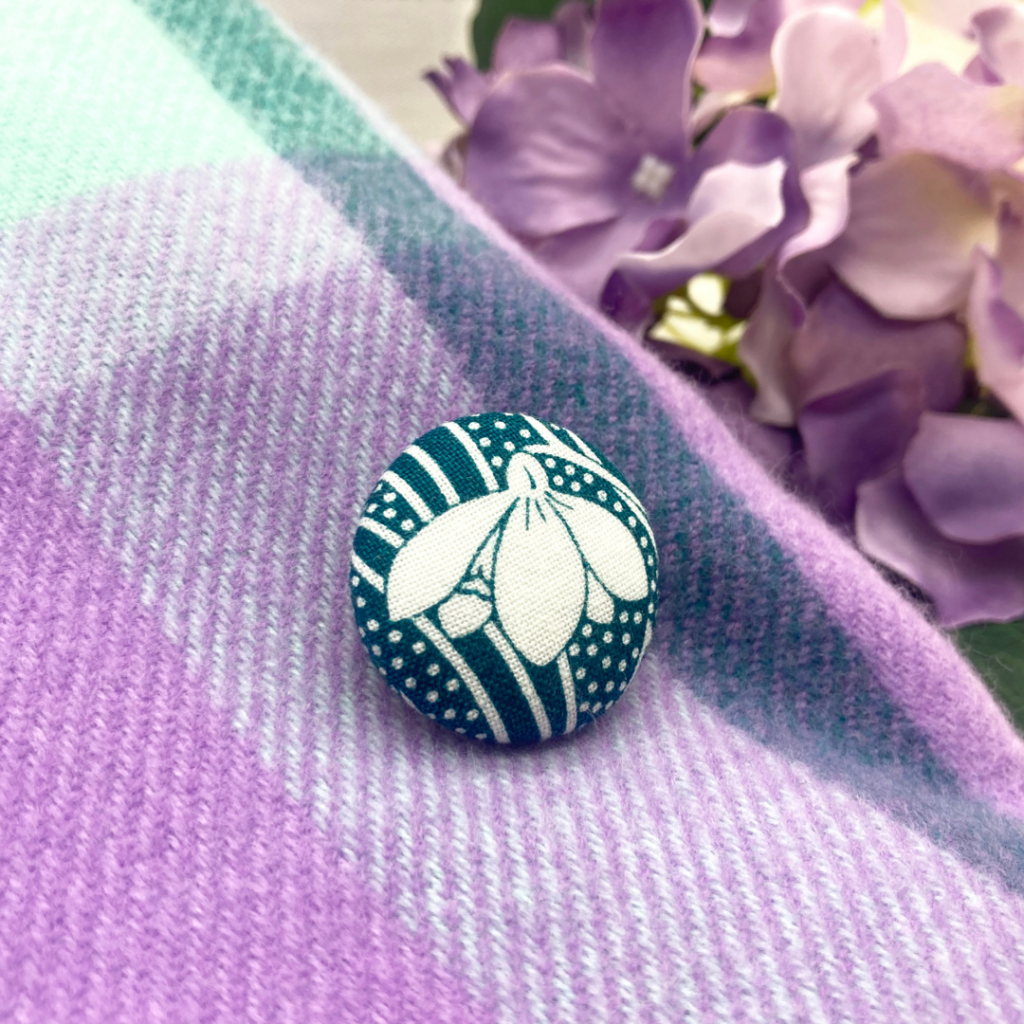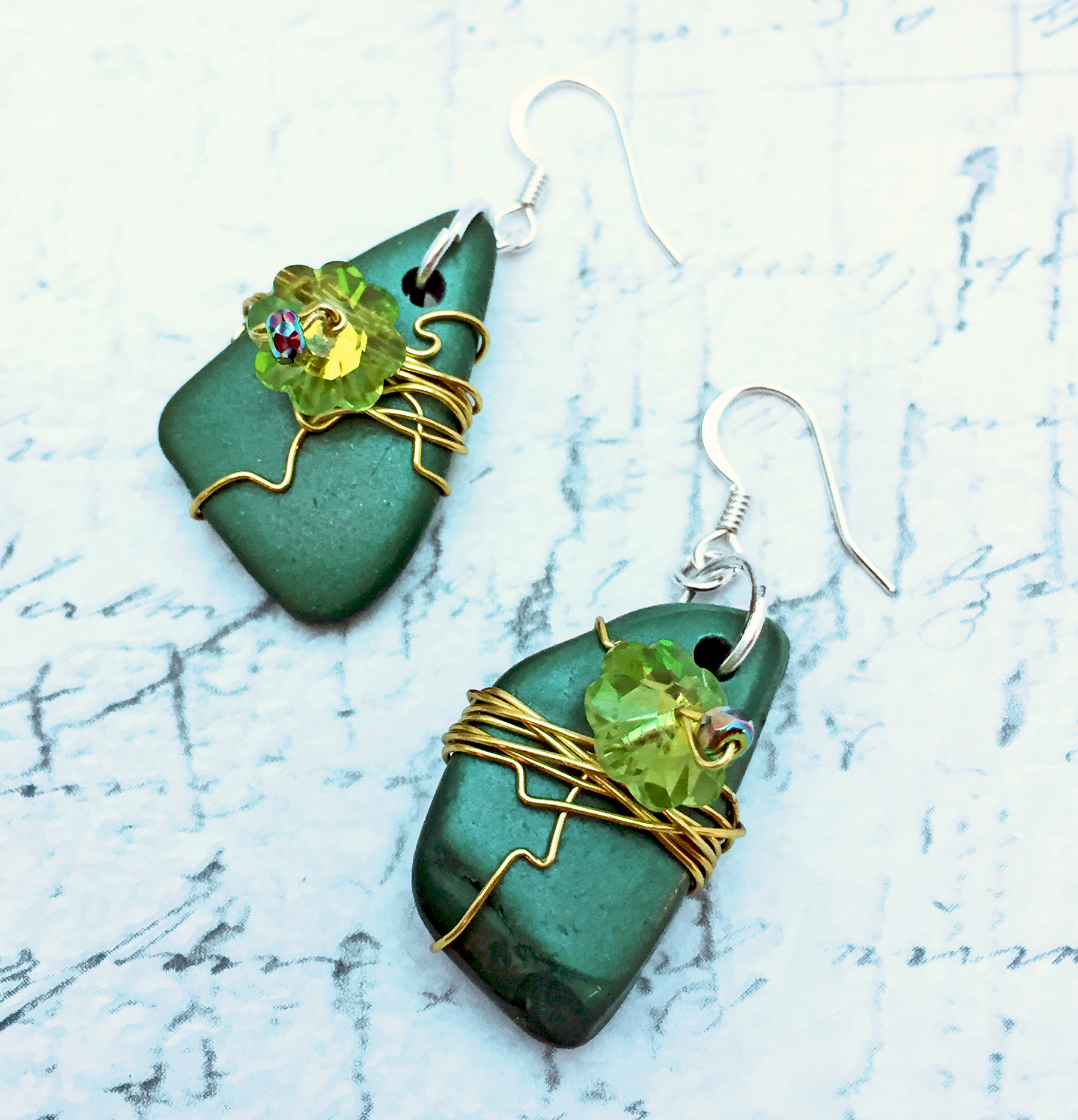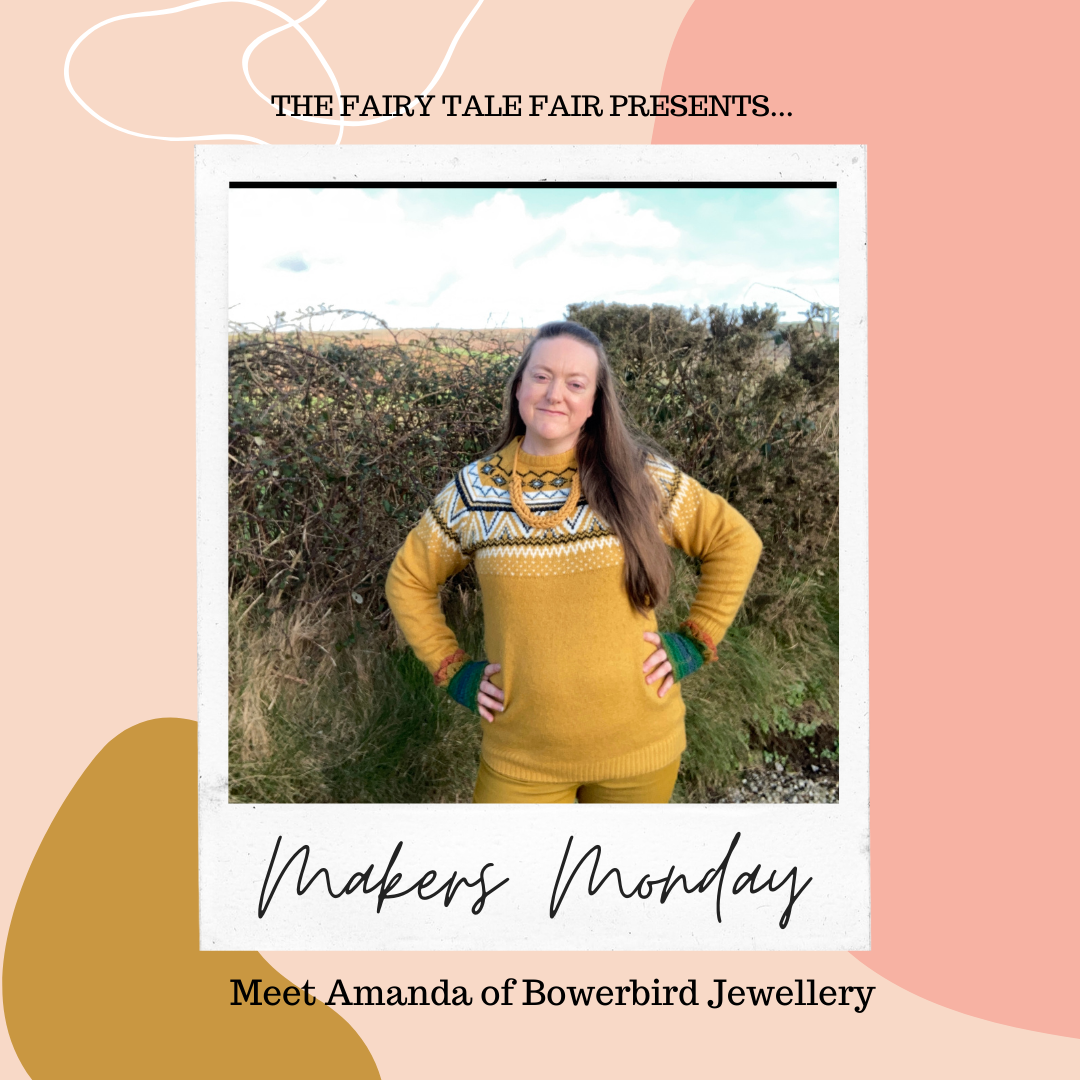First signs of Spring – 10 things you might not know about Snowdrops!
One of the first flowers of the new year, the snowdrop is one our most endearing flowers. Not only does it remind us that spring is just around the corner, this delicate bell-shaped flower, has an interesting background. Here’s 10 things you didn’t know about the snowdrop.
1: It’s Greek name ‘Galanthus’, translates as the ‘milk flower’
Known by several different names, it was officially named the Galanthus in 1753, by the Swedish botanist Carl Linnaeus.
2: They are symbolic of spring, purity and religion
Hans Christian Andersen wrote a story based on the fate of a snowdrop (short story entitled ‘The Snowdrop’). In a poem of the same name, poet Walter de la Mare likened the flower to the Holy Trinity and he also used the snowdrop illustration throughout his poetry.
3: Snowdrops are one of the first flowers to appear in the new year
In the northern hemisphere snowdrops can be seen appearing as early as January, weather permitting. They usually flower between the months of January and April.
4: There are snowdrop gardens throughout the UK
As a carpet of bluebells in woodland is a welcomed sight by many gardeners, so are the snowdrop gardens! Many large gardens open in February, for visitors to witness the snowdrop season.
5: Collecting snowdrop bulbs in the wild is illegal in many countries
For many, you need a license to sell snowdrop bulbs, as they’re covered by CITES regulations – the Convention on International Trade in Endangered Species of Wild Flora and Fauna. It’s actually illegal to transfer them over borders, without a CITES permit.

6: Galanthophiles are everywhere!
This is the name given to those who like snowdrops. There’s even regional events, where galanthophiles can buy bulbs for the different varieties.
7: They contain a substance used to treat the symptoms of Alzheimer’s Disease
Galantamine is a naturally occurring substance found in the plant.
8: Not everyone viewed the snowdrop as a good sign
For many Victorians, a single snowdrop signified death and they considered it bad luck to bring one into the home. This could be, in part, due to the bulb of a snowdrop being highly poisonous if eaten.
9: There are more than 2,500 varieties of snowdrop
They vary in height from 7cm to 30cm and are divided into approximately 20 species.
10: The snowdrop isn’t native to the UK
They became fashionable in the Victorian era but, due to it being known under several different names, no one knows for sure, when they were first introduced to the UK. The first records of plants in the wild date from 1778 – but botanist John Gerard is said to have described the snowdrop in his writings from 1597.

I am definitely a Galanthophile – I just love the variety of Snowdrops that you can grow and they are so magical peeping through the ground at a time when other plants are dormant.
I love to create quirky and niche mixed media jewellery – that includes snowdrop jewellery, especially this Art Nouveau or Arts and Crafts inspired snowdrop fabric button jewellery range.
This range of fabric is from the famous Liberty of London in their Hesketh House Collection.
Titled in honour of a favourite artwork in the Liberty archive dating from the 1890’s, The ‘Hesketh House Collection’ draws inspiration from heritage interior details of an English stately manor. Decorative Wallpapers, rich woven textiles, carved wooden details and views of the garden inspired the fabric designs. Traditional motifs and authentic screen-printing techniques are used to create a rich and luxurious House collection.
I have a collection of different sized earrings, pendants and brooch available in the pale blue and teal green versions, available to currently purchase from my Folksy shop here and also some on my Etsy Shop.





